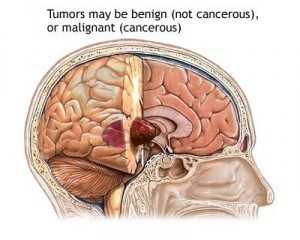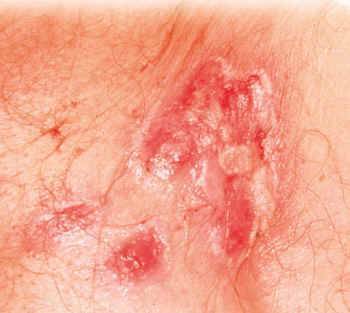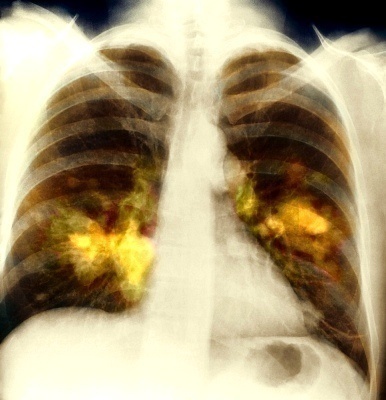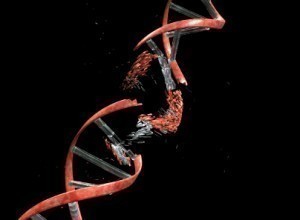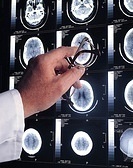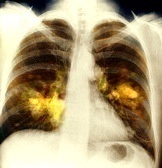15 Things You Can Do To Reduce Your Cancer Risk
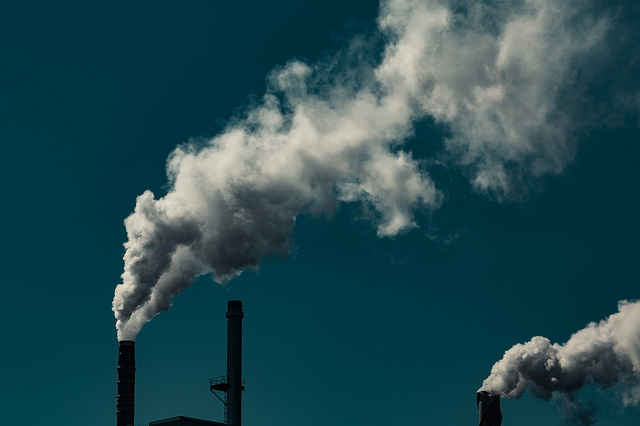 Photo by Tony Webster
Photo by Tony Webster
8. Reduce exposure to benzene
Benzene is a flammable that is colorless and has a sweet odor. It is a natural process that is found in volcanos or forest fires. It is also a natural part of crude oil and gasoline. However, it is also commonly used as a starting material in dyes, detergents, rubbers, plastics, lubricants, drugs, and pesticides. Air is the main way that people are exposed to this substance. It can also be absorbed into the skin upon contact. Because gasoline absorbed quickly, it is usually not a concern. The major concern of exposure comes in the workplace. People working in the rubber industry, oil refineries, chemical plants, shoe manufacturers, and gasoline-related industries have an increased chance of exposure. However, people can be exposed during daily living routine since it is found in gasoline fumes, car exhaust, emission from some factories, and waste water. Cigarette smoking and second hand smoke is also common source of exposure and accounts for half of US exposure rates. There are several steps you can take to reduce your risk of exposure.
A. Stay away from cigarette smoke. If you’re a smoker it’s very important to try and quit.
B. If you’re exposed to benzene on the job, talk to your employer or OSHA about safety measures that can be taken.
C. Limit gasoline exposure and avoid direct contact. Stay away from idling cars and choose gas stations that have a vapor recovery system that captures the fumes.
D. Reduce the amount of exposure to fumes from paints, art supplies, and solvents especially in areas without proper ventilation.

